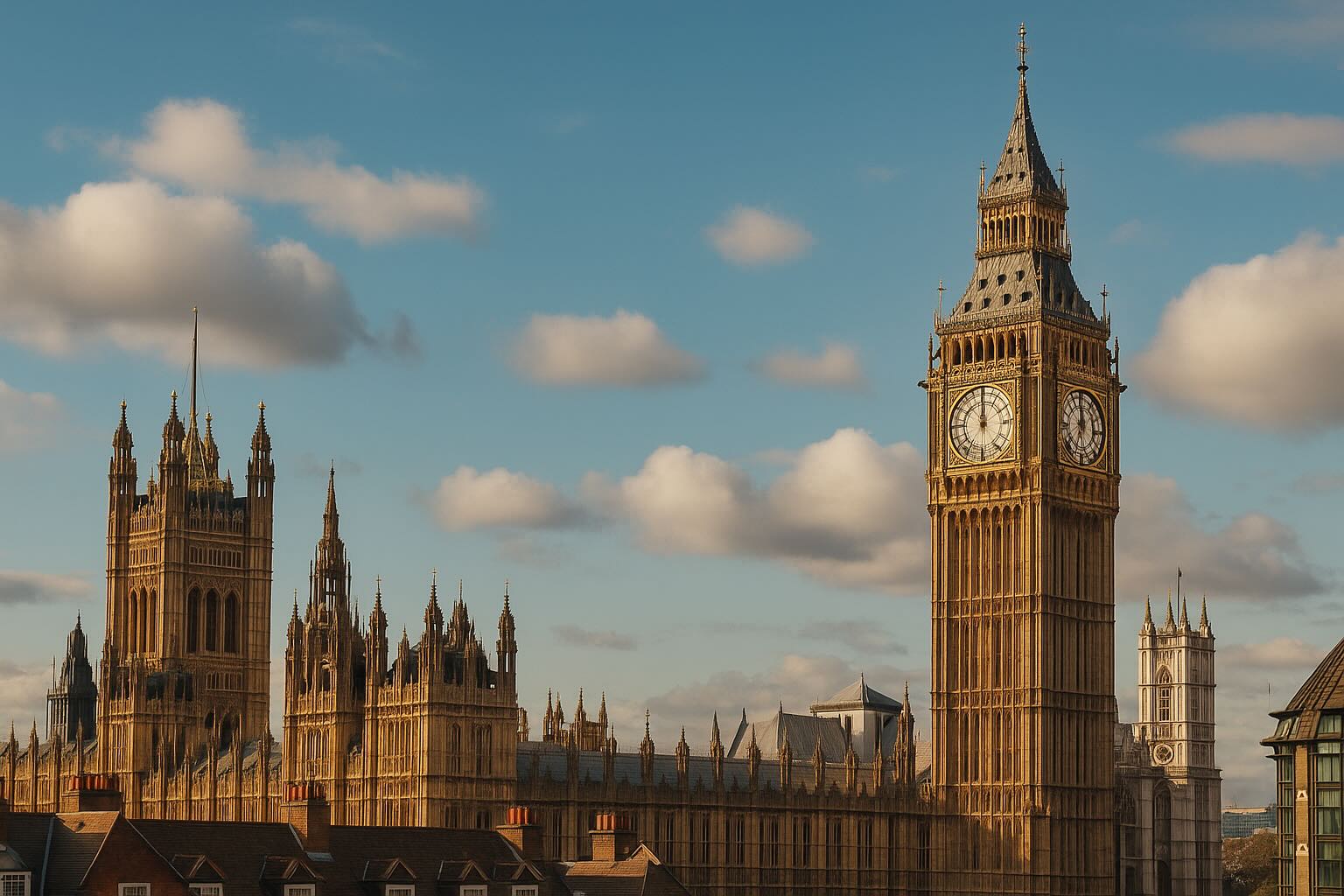
London, the bustling capital of the United Kingdom, is renowned for its rich history, iconic landmarks, and global influence in finance, culture, and politics. Millions of tourists visit each year, and it remains a top destination for students, professionals, and entrepreneurs alike. However, as with many major metropolises, London has faced challenges in recent years that have prompted discussions about public safety. Rising concerns over knife crime, gang activity, and incidents on public transport have created a more complex picture of urban life. This article explores whether London remains a safe city, how it compares to previous years, and what both residents and visitors should know to stay safe.
Despite the headlines, London continues to be safe in many respects:
Strong Policing and Surveillance:
London has one of the largest urban police forces in Europe. The Metropolitan Police has extensive CCTV coverage across the city, and key areas benefit from high police visibility and rapid response times.
Resilient Public Infrastructure:
The city's transport network, while busy, remains secure with regular patrols, visible signage, and well-maintained stations. Most Tube lines and buses are equipped with surveillance systems, and incidents are usually quickly addressed.
Low Risk of Petty Crime in Most Areas:
Compared to some other global cities, petty crimes like pickpocketing or bag snatching are relatively low in most districts, especially central London. Tourist zones, while busy, are generally safe during the day.
Emergency Services and Medical Access:
Access to hospitals and emergency care in London is excellent, with rapid ambulance services and numerous NHS facilities available across all boroughs.
Nonetheless, safety concerns remain in specific contexts and areas:
Knife Crime:
London has experienced persistent issues with knife-related violence, particularly among youths and in some boroughs. While these incidents are typically isolated and gang-related, their frequency has raised alarm.
Gang Activity and Youth Violence:
Some boroughs have seen increased tensions related to postcode gang rivalries. This often results in confrontations and targeted attacks, occasionally affecting innocent bystanders.
Transport Incidents:
While rare, verbal abuse and harassment on public transport have been reported, particularly during late hours. Crowded carriages can also create opportunities for pickpockets.
Terror Threat Level:
As a high-profile city, London remains a potential target for terrorism. While the current threat level is considered substantial, security forces remain vigilant and well-prepared for emergencies.
Most of London is safe to explore, but there are boroughs and districts where caution is advised particularly late at night or during local incidents.
Tottenham (Haringey):
Why to Avoid: Known for occasional gang-related incidents and youth violence. While regeneration has improved many areas, caution is advised after dark.
Croydon:
Why to Avoid: Some parts of Croydon have experienced an uptick in knife crime and antisocial behaviour. The town centre is safe by day, but certain suburbs are more volatile.
Newham (East London):
Why to Avoid: High rates of drug related crime and gang activity in specific pockets. Caution is recommended, especially in lesser-lit areas.
Hackney (specific areas):
Why to Avoid: While now a trendy district, parts of Hackney still report occasional muggings and assaults, particularly around nightlife venues.
Barking and Dagenham:
Why to Avoid: Higher than average incidents of violent crime, though often localised and not typically affecting tourists.
Here are some useful tips to enhance your safety while in London:
Stay Alert on Public Transport: Avoid distractions like phones and keep bags closed. Be mindful of your surroundings, especially late at night.
Avoid Flashy Displays of Wealth: London is generally safe, but wearing expensive jewellery or leaving electronics unattended can invite theft.
Know the Emergency Numbers: Dial 999 for police, ambulance, or fire services. There’s also a 101 non emergency number for reporting less urgent crimes.
Stick to Well-Lit Routes: When walking at night, use main roads and busy streets rather than alleyways or parks.
Use Official Transport Services: Avoid unlicensed taxis. Opt for black cabs, Uber, or other recognised transport providers.
Keep an Eye on Local Alerts: Use apps like “Citymapper” or “TfL Go” which often share service disruptions or police advisories.
Cultural Etiquette:
London is a multicultural hub. Embracing diversity and understanding local customs (e.g., queuing, being polite, respecting personal space) can help you navigate interactions more smoothly.
Tourist Scams:
Watch for common scams in busy areas like Oxford Street or Leicester Square fake charity collectors, overpriced “friendship” bracelets, or misleading ticket sales.
London, like any major global city, has its safety challenges but it remains a largely secure and welcoming place for millions each year. While isolated incidents of violence and crime make the headlines, they are rarely directed at tourists or the general public. With common-sense precautions and awareness, residents and visitors can confidently enjoy all that London has to offer from world-class museums to vibrant multicultural neighbourhoods. Staying informed, avoiding known hotspots, and respecting local norms are the keys to a safe and rewarding experience in the UK’s capital.
Author
Sammy Salmela is a contributor to BestCityIndex with expertise in urban development and global city trends.
Stay updated with our latest insights and city rankings.



Introduction:The aroma of aged wheels, bubbling fondue, and freshly baked bread for cheese lovers, Europe is a true paradise. Here are five cities where cheese...

Date: 5 August 2025Source: AFP, Reuters, Local Weather AuthoritiesReading Time: 3 minutesIntroductionIn just one week, Asia has faced two stark climate...

Moving to Europe: Pros and Cons by Country for Work, Retirement, Education & Lifestyle Part 1.Moving from the United States to Europe is an exciting...